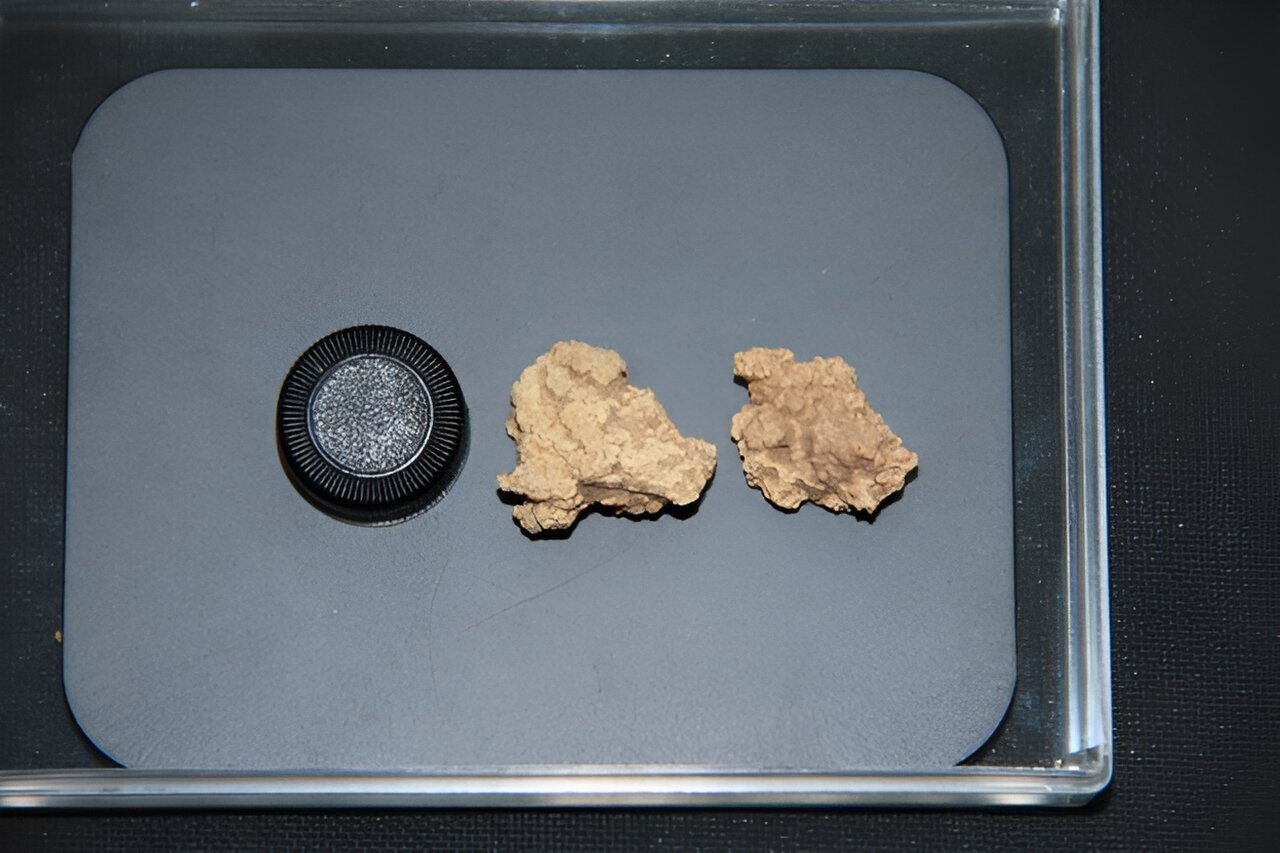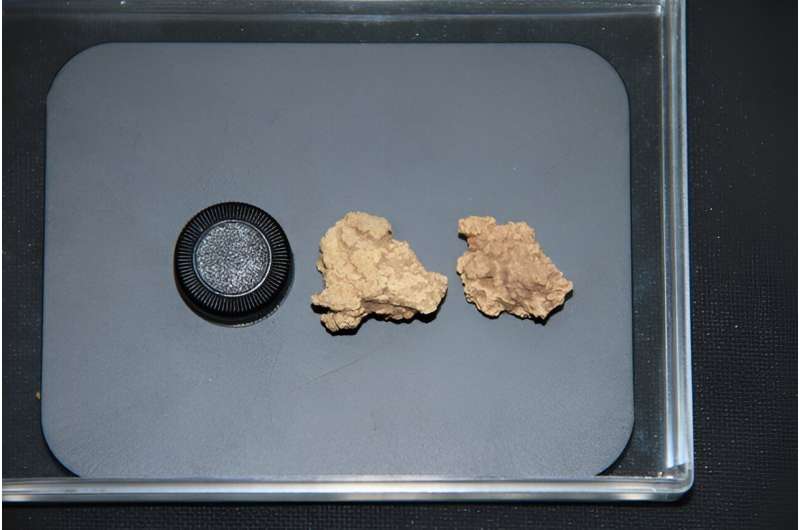

This week, biologists tracked down a mysterious group of orcas near Chile; Hubble spotted a black hole jet that causes stars along its trajectory to erupt; and researchers explained mysterious craters that began appearing in Siberian permafrost in the 2010s. But you’re probably here for cheese, cosmology and octopuses, so here you go:
Eight arms to punch you
Octopuses tend to be solitary creatures, like Boo Radley, living and hunting alone before finally mating, developing a weird Alzheimer’s-like brain deterioration and then dying. But sometimes, they interact socially and even cooperatively in interspecies networks, hunting with groups of fish.
Researchers at the University of Konstanz conducted an underwater field observation in which they used three-dimensional, field-based tracking and collected 100 hours of footage of Octopus cyanea individuals in hunting collaboratives with groups of multiple fish species, finding hidden mechanisms of leadership and complex social dynamics.
Groups of fish scouting ahead comprised an extended sensory network for the octopus, which was better able to locate and identify prey. In all the instances they observed, the octopus was the de facto leader of the group, eating prey before the fish and meting out corporal punishment against insufficiently compliant fish subordinates.
Previous observation of similar octopus-fish hunting parties raised questions about group leadership and exploitation—were the fish exploiting the octopus to catch prey more easily? But the researchers found that across species of hunting parties, the octopus was the main interspecific regulator of the group, punching exploitative fish partners with a tentacle to displace them to the outer edge of the group.
Contrarian universe to physicists: Drop dead
If you’re a fan of things that defy predictions once they’re observed directly, the universe is really going to knock your socks off. For years, the standard model of physics has been predicting things like the rate of expansion of the universe, the age of the universe, and the likely birth date of the first stars and galaxies, and then, when engineers come up with more advanced equipment for making observations, the universe says, “haha, no.”
This week, a multi-institutional group of astronomers published a paper suggesting that maybe it’s time for some new physics to reconcile recent observations acquired from the Dark Energy Spectroscopic Instrument regarding neutrinos.
DESI is creating the deepest and most accurate map of the universe, providing baryonic acoustic oscillation measurements, which, in combination with measurements of the cosmic microwave background, allow physicists to calculate the absolute mass scale of the neutrino. Neutrinos, among the most abundant particles in the universe, are extraordinarily difficult to study, and by determining their mass scale, physicists can learn how matter clumped together throughout cosmic evolution.
However, while cosmologists expected to find inhibition of matter clustering, as predicted by the standard model, actual DESI observations have revealed enhanced clustering. “Explaining this enhancement may point toward some problem with the measurements, or it could require some new physics not included in the standard model of particle physics and cosmology,” says Joel Meyers, an associate professor of physics at Southern Methodist University.
Ancient cheese identified
Researchers in China extracted and analyzed DNA from cheese samples in ancient snack packs unearthed 20 years ago with the Tarim Basin mummies in Northwestern China.
The mummies, and the cheese, were dated to around 3,300 to 3,600 years ago. Their analysis revealed cow and goat DNA. The microorganisms comprising a white substance confirmed that it was kefir cheese, containing Lactobacillus kefiranofaciens and Pichia kudriavzevii, both constituents of modern kefir grains—the researchers report that the microorganisms are most closely related to modern Tibetan kefir.
“Our observation suggests kefir culture has been maintained in Northwestern China’s Xinjiang region since the Bronze Age,” said Qiaomei Fu, a researcher with the Institute of Vertebrate Paleontology and Paleoanthropology, Chinese Academy of Sciences.
© 2024 Science X Network
Citation:
Saturday Citations: Octopuses as shift supervisors for fish; universe confounds standard model; extremely old cheese (2024, September 28)
retrieved 28 September 2024
from https://phys.org/news/2024-09-saturday-citations-octopuses-shift-supervisors.html
This document is subject to copyright. Apart from any fair dealing for the purpose of private study or research, no
part may be reproduced without the written permission. The content is provided for information purposes only.

